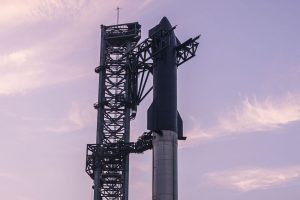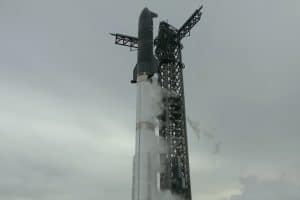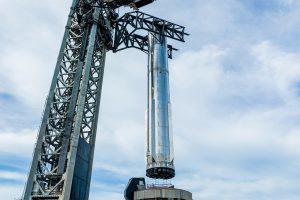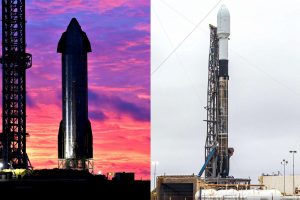- 🚀 SpaceX’s Starship is set to journey to Mars in 2026 with uncrewed missions.
- 🌌 The first crewed missions are planned for 2028.
- 🏙️ Elon Musk envisions a self-sustaining Mars city within 20 years after the initial flights.
- 🛫 Starship has completed four test flights and is preparing for a fifth, pending FAA approval.
Space exploration ambitions are taking a giant leap forward thanks to SpaceX’s Starship project. The countdown to Martian exploration is ticking down as Elon Musk’s visionary project prepares to send uncrewed rockets to Mars by 2026. Following successful landings, SpaceX plans to launch its first crewed missions by 2028, paving the way toward establishing a self-sustaining city on the Red Planet within two decades. Join us as we unravel this bold journey toward interplanetary habitation and the challenges that lie ahead.
A Visionary Path to Mars
SpaceX’s Starship project represents a significant milestone in humanity’s space-faring journey. Conceived by Elon Musk, this venture aims to make life multiplanetary by establishing a human settlement on Mars. The plan is both audacious and intriguing, premised on technological breakthroughs and comprehensive preparation to overcome the numerous challenges associated with such a groundbreaking mission.
The Timeline to Mars
- 2026: Uncrewed Missions
The window to Mars opens with uncrewed missions in 2026. These early flights are intended to test the spacecraft’s landing capabilities on the Martian surface. Such missions are a crucial step towards ensuring that future crewed missions are safe and feasible. - 2028: Crewed Missions
If the initial landings prove successful, SpaceX will proceed with sending astronauts by 2028. These missions mark the beginning of human presence on Mars, setting the foundation for further exploration and settlement.
Building a City on Mars
Elon Musk’s vision extends far beyond merely landing humans on Mars. The ultimate objective is to create a self-sustaining city that can support human life independently of Earth. This plan involves:
- Transporting Supplies and Equipment
Regular missions will deliver essential supplies and construction materials needed to sustain life and build infrastructure. - Developing Life Support Systems
Innovations in life support are necessary to handle the harsh Martian environment. Efficient use of available resources, like water extraction from the planet’s ice, is critical. - Establishing Habitation Methods
Creating living spaces that can protect inhabitants from Martian conditions, including extreme temperatures and radiation, is paramount.
Challenges and Considerations
- Technology and Safety
Safety remains a top concern as SpaceX continues to refine Starship’s design and capabilities through rigorous testing. The spacecraft has already completed four test flights, with a fifth pending FAA approval. The FAA’s role is crucial in providing the go-ahead for space missions, ensuring they adhere to safety and environmental standards. - Human Factors
The physiological and psychological impacts of long-duration space travel and living in isolated environments require comprehensive research. These include dealing with radiation exposure, bone density loss, and the mental health effects of isolation. - Sustainability on Mars
Building a sustainable settlement means developing agriculture and energy solutions that work in the Martian environment. This is essential not only for survival but for creating a thriving community.
The Broader Implications of Space Exploration
SpaceX’s missions to Mars are more than just a monumental achievement in space technology; they embody the spirit of exploration that has driven human progress throughout history. They underscore humanity’s relentless quest for knowledge and understanding of our universe. Success in Mars colonization will catalyze advancements in science, technology, and international cooperation.
Conclusion
With its sights firmly set on Mars, SpaceX stands at the frontier of space exploration, pushing the boundaries of what is possible. While challenges are inevitable, the potential rewards of a sustained human presence on Mars are immeasurable. Elon Musk’s vision for a city on Mars as a precursor to more extended interplanetary travel beckons a new era in human history. The journey to Mars is just the beginning of venturing beyond our planetary confines — an exciting adventure awaits.





